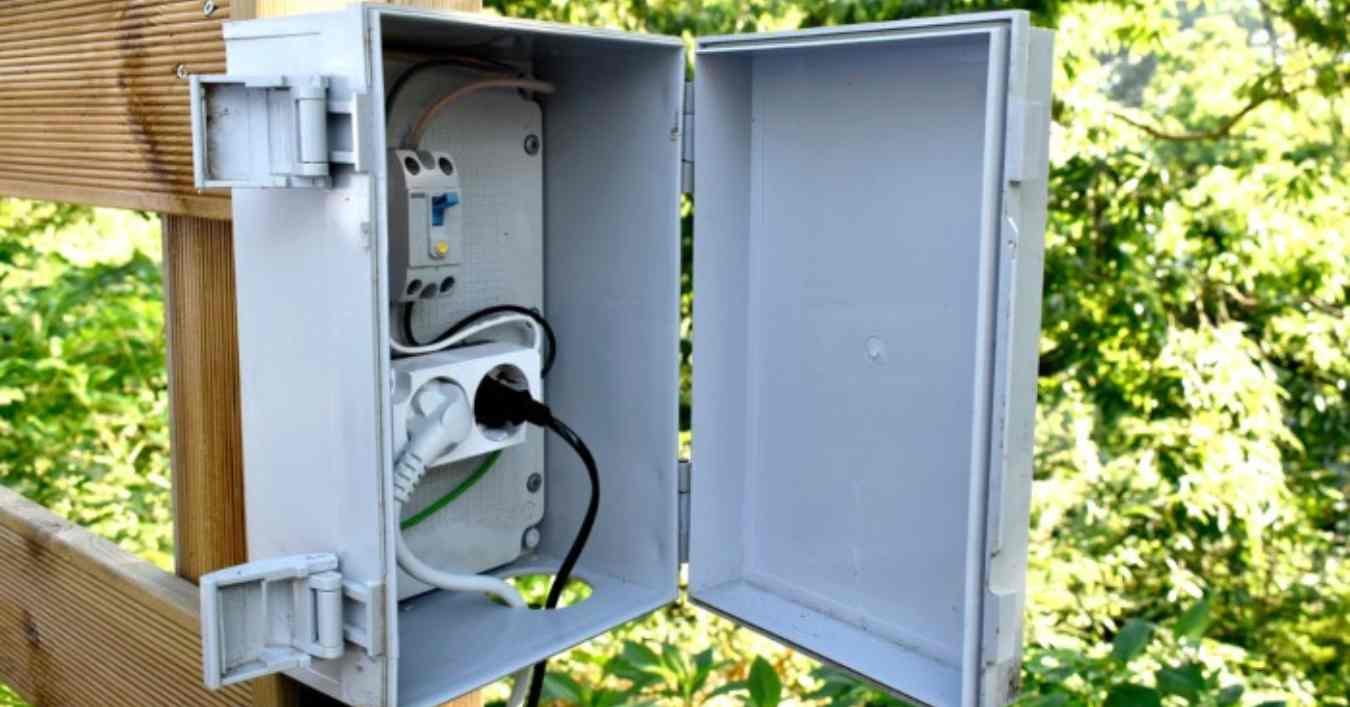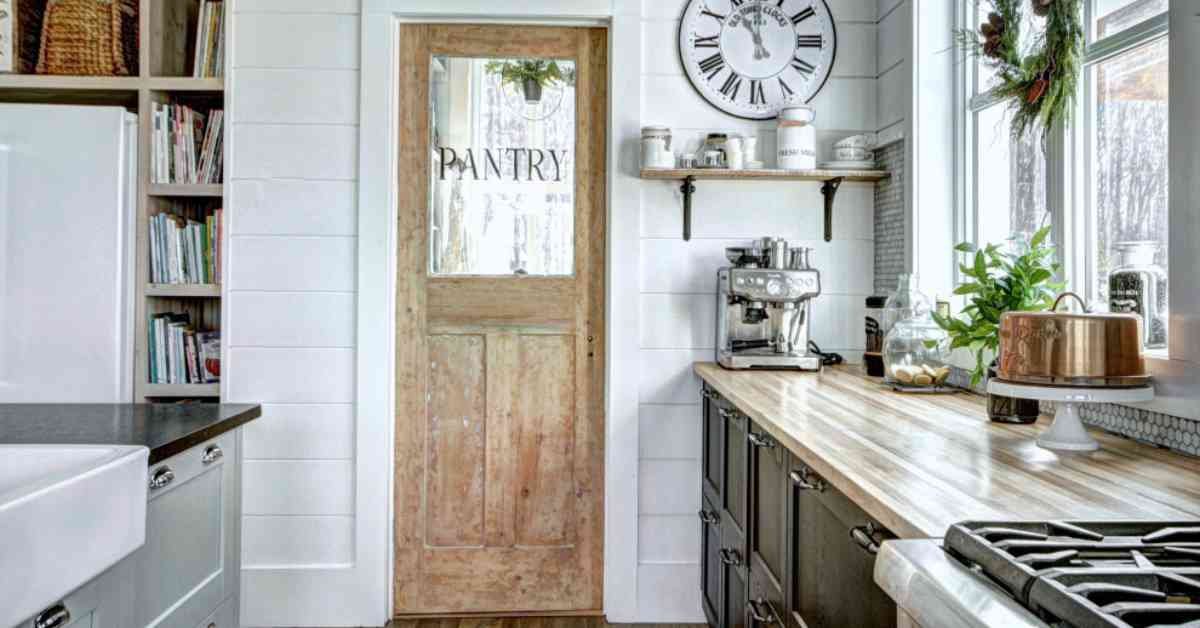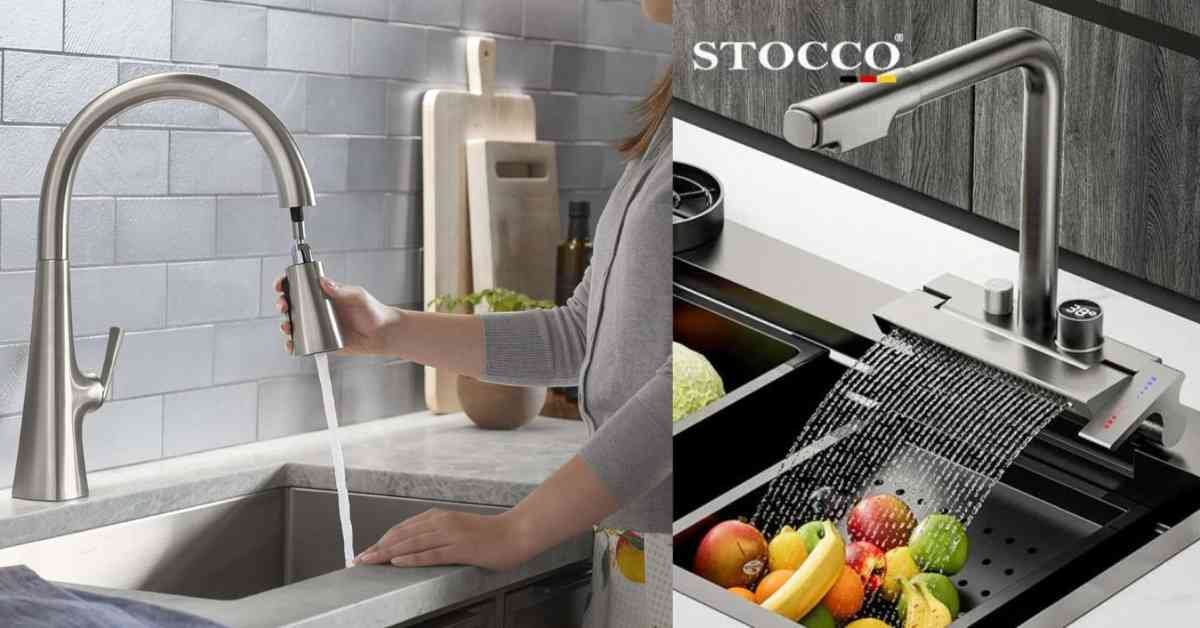Introduction
In modern construction and outdoor living spaces, Outdoor Electrical Boxes play a crucial role in ensuring safety, functionality, and aesthetics. An outdoor electrical box is an essential component for anyone looking to install or maintain outdoor lighting, outlets, or other electrical devices. This guide provides a detailed look at outdoor electrical boxes, their types, installation procedures, safety considerations, and maintenance tips.
What is an Outdoor Electrical Box?
An outdoor electrical box, also known as a weatherproof or waterproof box, is designed to house electrical connections, switches, or outlets outside the home or building. These boxes are constructed to withstand various weather conditions, including rain, snow, and extreme temperatures, ensuring that electrical components remain protected and functional.
Types of Outdoor Electrical Boxes
- Weatherproof Boxes:
- Metallic Weatherproof Boxes: Typically made of aluminum or stainless steel, these boxes offer excellent durability and resistance to environmental elements. They are ideal for areas exposed to heavy use or harsh conditions.
- Non-metallic Weatherproof Boxes: Made from PVC or other high-impact plastics, these are resistant to corrosion and are lighter in weight. They are suitable for environments where metal corrosion is a concern.
- In-Use Weatherproof Covers:
- Bubble Covers: Designed to protect outlets while they are in use, these covers are dome-shaped and provide ample space for plugs and adapters.
- Flat Covers: Best for protecting unused outlets, these covers sit flush against the wall and provide a lower profile.
- Recessed Boxes:
- These boxes are installed into the wall, providing a clean look while protecting the electrical connections from tampering and weather.
- Surface-Mount Boxes:
- These boxes are mounted on the surface of the wall or structure and are easier to install in retrofit situations.
Importance of Using Outdoor Electrical Boxes
- Safety:
- Outdoor electrical boxes prevent electrical hazards by protecting connections from moisture, dust, and debris.
- They reduce the risk of electrical shock, short circuits, and potential fires.
- Compliance:
- Installing outdoor electrical boxes ensures compliance with National Electrical Code (NEC) and local regulations, which mandate the use of weatherproof enclosures for outdoor electrical installations.
- Durability:
- These boxes extend the lifespan of electrical components by shielding them from the elements, thereby reducing maintenance and replacement costs.
Key Features to Look For
- Material:
- Choose boxes made from corrosion-resistant materials like aluminum, stainless steel, or UV-resistant plastics to ensure longevity.
- Sealing and Gaskets:
- Ensure the box has proper sealing and gaskets to prevent water ingress. Look for boxes rated for wet locations (NEMA 3R, 4, or 6).
- Size and Capacity:
- Select a box with sufficient space to accommodate all wiring and connections without overcrowding, which can lead to overheating and failures.
- Mounting Options:
- Consider the ease of installation and the type of mounting required for your specific application, whether it’s surface-mount, flush-mount, or pole-mount.
- Accessibility:
- Opt for boxes with easy access for maintenance and adjustments, especially if they house critical connections.
Installation Process
- Planning:
- Determine the best location for the electrical box, considering accessibility, exposure to elements, and proximity to power sources.
- Ensure compliance with local building codes and obtain necessary permits.
- Tools and Materials:
- Gather tools like drills, screwdrivers, wire strippers, and materials such as the electrical box, mounting hardware, conduit, and sealant.
- Mounting the Box:
- If surface-mounting, attach the box to the structure using appropriate screws or anchors.
- For recessed installations, cut an appropriately sized hole and secure the box within the wall cavity.
- Wiring:
- Run conduit from the power source to the box, ensuring a watertight seal where the conduit enters the box.
- Connect wires according to the NEC standards, ensuring secure and proper connections using wire nuts and electrical tape.
- Sealing:
- Apply sealant around any openings and where the box meets the wall to prevent water ingress.
- Install the weatherproof cover, ensuring a snug fit to keep out moisture.
- Testing:
- Once installation is complete, test the connections to ensure proper operation. Use a voltage tester to verify power and check for any potential faults.
Safety Considerations
- Turn Off Power:
- Always turn off the power at the main breaker before starting any electrical work to prevent shocks or accidents.
- Use Proper Equipment:
- Use tools and materials rated for outdoor use, and ensure all connections are secure and insulated.
- Check Ratings:
- Verify that the electrical box and components are rated for the intended outdoor environment (wet, damp, or dry locations).
- Grounding:
- Ensure all metal parts are properly grounded to prevent electrical shocks.
- Regular Inspections:
- Regularly inspect outdoor electrical boxes for signs of wear, corrosion, or damage and perform necessary maintenance promptly.
Maintenance Tips
- Periodic Inspection:
- Check the box and connections periodically for any signs of damage or corrosion. Replace damaged components immediately.
- Cleaning:
- Keep the box and cover clean from dirt, debris, and insects to ensure proper operation and longevity.
- Seal Integrity:
- Regularly check the seals and gaskets for any signs of wear or damage, replacing them if necessary to maintain the waterproof integrity.
- Weather Protection:
- Ensure the weatherproof cover is always securely in place, especially after any maintenance work.
Innovations in Outdoor Electrical Boxes
- Smart Electrical Boxes:
- Modern advancements include smart electrical boxes that can be monitored and controlled remotely via smartphone apps, providing convenience and enhanced safety features.
- Integrated USB Outlets:
- Some outdoor electrical boxes now come with integrated USB outlets, allowing for easy charging of devices without the need for adapters.
- Solar-Powered Options:
- Eco-friendly options include solar-powered electrical boxes, which can reduce energy consumption and provide power in remote locations.
Conclusion
Outdoor electrical boxes are an integral part of any outdoor electrical system, providing protection, safety, and convenience. By understanding the different types of boxes available, the installation process, and maintenance requirements, you can ensure that your outdoor electrical installations are safe, compliant, and durable. Whether for residential or commercial use, investing in quality outdoor electrical boxes and proper installation practices will pay off in the long run, enhancing both functionality and safety of your outdoor spaces.
Frequently Asked Questions (FAQs)
Q1: Can I install an outdoor electrical box myself, or should I hire a professional?
- While it is possible to install an outdoor electrical box yourself, it is recommended to hire a licensed electrician to ensure compliance with local codes and safety standards.
Q2: What should I do if water gets into my outdoor electrical box?
- Immediately turn off the power at the main breaker and consult a professional electrician to inspect and repair any damage.
Q3: How do I know if my outdoor electrical box is properly grounded?
- A qualified electrician can test the grounding of your electrical system to ensure it meets safety standards.
Q4: Are all outdoor electrical boxes waterproof?
- Not all outdoor electrical boxes are waterproof. It is essential to choose a box rated for wet locations and ensure proper sealing during installation.
Q5: How often should I inspect my outdoor electrical boxes?
- Regular inspections should be conducted at least once a year, or more frequently if the boxes are exposed to harsh weather conditions.
By following the guidelines and information provided in this article, you can confidently select, install, and maintain outdoor electrical boxes, ensuring a safe and efficient outdoor electrical system for years to come.





